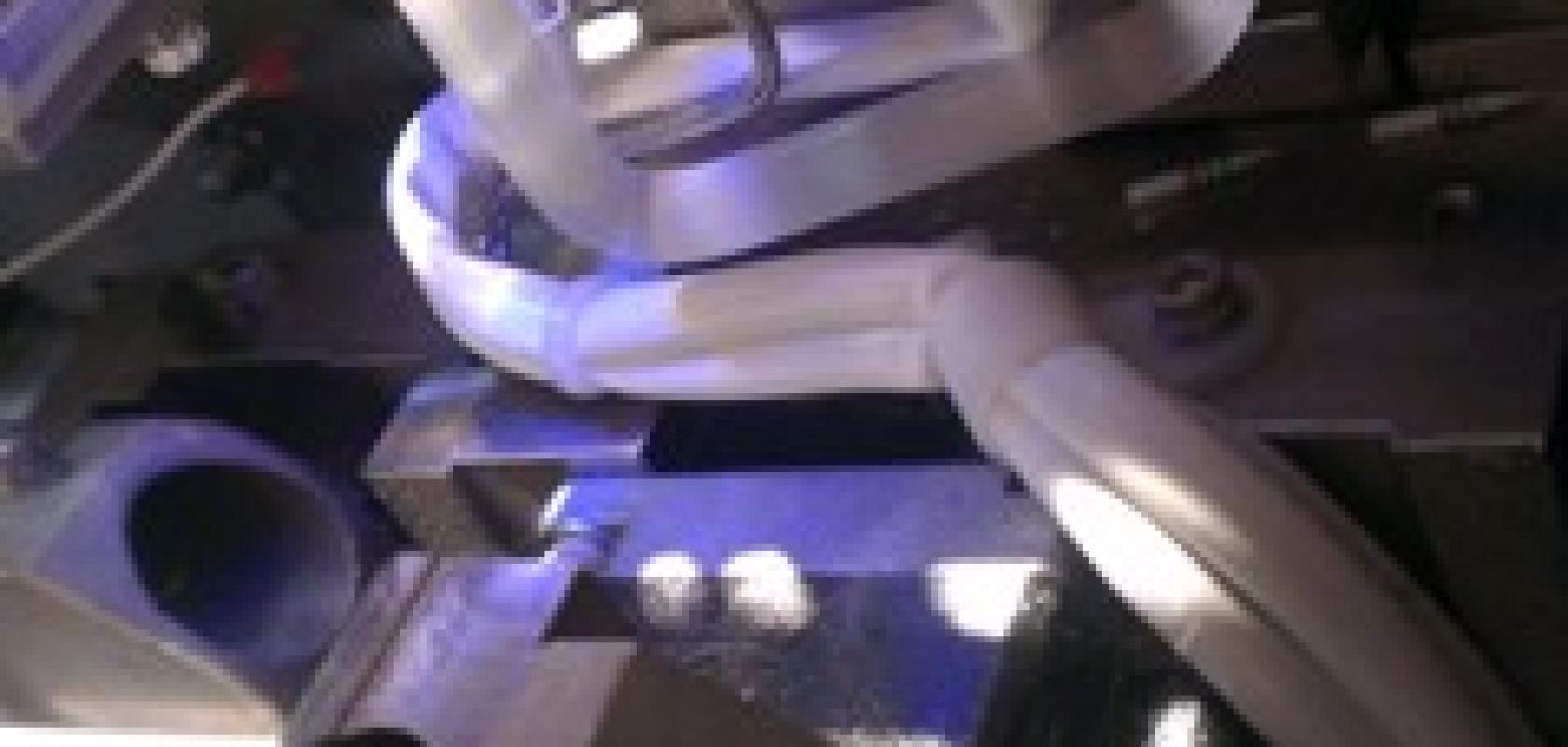An imaging solution based on flexible fibre bundles has been engineered by Schott's Lighting and Imaging division in order to read matrix codes on the underside of MEMS substrates at electronics company, STMicroelectronics.
The solution used the existing camera in the wire bonder, which is positioned above the wafer looking down, but, with the fibre bundles, could also now image the matrix codes on the underside of the wafer.
STMicroelectronics’ microelectromechanical systems (MEMS) range from 1.4 to 5.0mm in size and generally consist of a CPU and several components that interact with the surroundings, such as microsensors. Dies from a singulated wafer are arranged and processed in strip form when manufacturing MEMS components. A 2D matrix code located on the underside of the strip ensures the wire bonder knows which layout format to apply for any one type of strip.
STMicroelectronics’ problem was how to read this matrix code without introducing unnecessary complexity to the wire bonder system. The solution suggested by Schott was therefore to image the matrix code at the upper surface so that it can be recorded by the same camera positioned above the strip. The telecentric optics set-up also means that the image needs to be in the same focal plane as that examined by the camera.
Schott’s approach was to develop an appropriate fibre imaging rod, which have been developed before for applications, for example, in optical endoscopes used in medical and industrial applications.
The resulting image in this case must be right-side-up with no rotation, must appear in the correct focal plane, and the fibre core density in the rod must provide adequate optical resolution and high contrast. There were additional vibrational and environmental temperature (up to 175°C) issues associated with the location in the system close to the bonding process.
A potential complication with fibre rods that place the image in a specific orientation, as is the case here, is crosstalk between the individual fibres. That is, such fibre rods are intentionally bent and twisted in order to manipulate the orientation of the image.
In the STMicroelectronics application, the rod must flip the plane of the image through 180° and at the same time provide the proper orientation in this plane. This implies high temperature forming of the rod following drawing from the preform. The potential issue here is that this process can induce light loss through the cladding due to an excessive high degree of curvature or due to microcracking of the cladding. The resulting leaked light can emerge as crosstalk between the individual fibres, introducing flare in the image and reducing the available contrast.
Schott’s Lighting and Imaging division was able to arrive at a configuration that met all of the requirements in the space available. This part is now being passed on to series production for application in these specific wire bonder systems at STMicroelectronics, Malta.
Related articles:
MEMS technology to improve robot vision
Further information:


